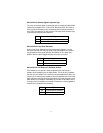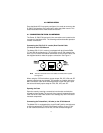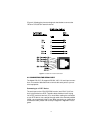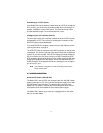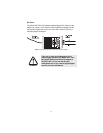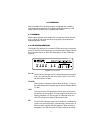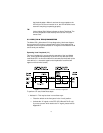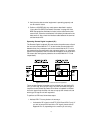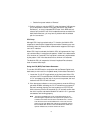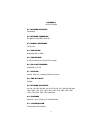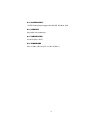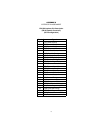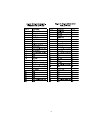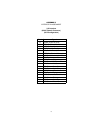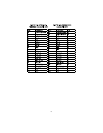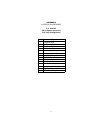20
— Set the front panel switch to “Remote”.
2. Perform a bit error rate test (BERT) using the internal V.52 genera-
tor (as described in section “Using the V.52 (BER) Test Pattern
Generator”), or using a separate BER Tester. If the BER test indi-
cates a fault, and the Local Line Loopback test was successful for
both NetLink devices, you may have a problem with the twisted
pair line connection.
CSU Loop
Although CSU Loop is predominantly a T1 function, the NetLink-2701
responds to central office initiated loop commands. Customers can use
this facility when the Central Office network switch supports CSU loops
over an E1 interface.
When CSU Loop is selected, the NetLink 2701 will implement the “loop
up” command when it recognizes the pattern “10000” in the data stream
for a minimum of 5 seconds. The “loop down” command is implemented
by the pattern “100” in the data stream for a minimum of 5 seconds.
The NetLink 2701 will respond to Universal Loopback De-activate to
clear all central office loops.
Using the V.52 (BER) Test Pattern Generator
To use the V.52 BER tests in conjunction with the Remote Digital Loop-
back tests (or with Local Line Loopback tests), follow these instructions:
1. Locate the “511/511E” toggle switch on the front panel of the 2701
and move it UP. This activates the V.52 BER test mode and transmits
a “511” test pattern into the loop. If any errors are present, the local
modem’s red “ER” LED will illuminate.
2. If the above test indicates no errors are present, move the V.52 tog-
gle switch DOWN, activating the “511/E” test with errors present. If
the test is working properly, the local modem's red “ER” LED will
blink once every second. A successful “511/E” test will confirm that
the link is in place, and that the Model 2701’s built-in “511” generator
and detector are working properly.
Note
The above V.52 BER tests can be used independently of the
Remote Digital Loopback tests. This requires two operators: one
to initiate and monitor the tests at the local Model 2701, and one
to do the same at the remote Model 2701. In this case, the test
pattern sent by each Model 2701 will not be looped back, but will
be transmitted down the line to the other Model 2701. While one
operator initiates test, the other monitors for errors.



